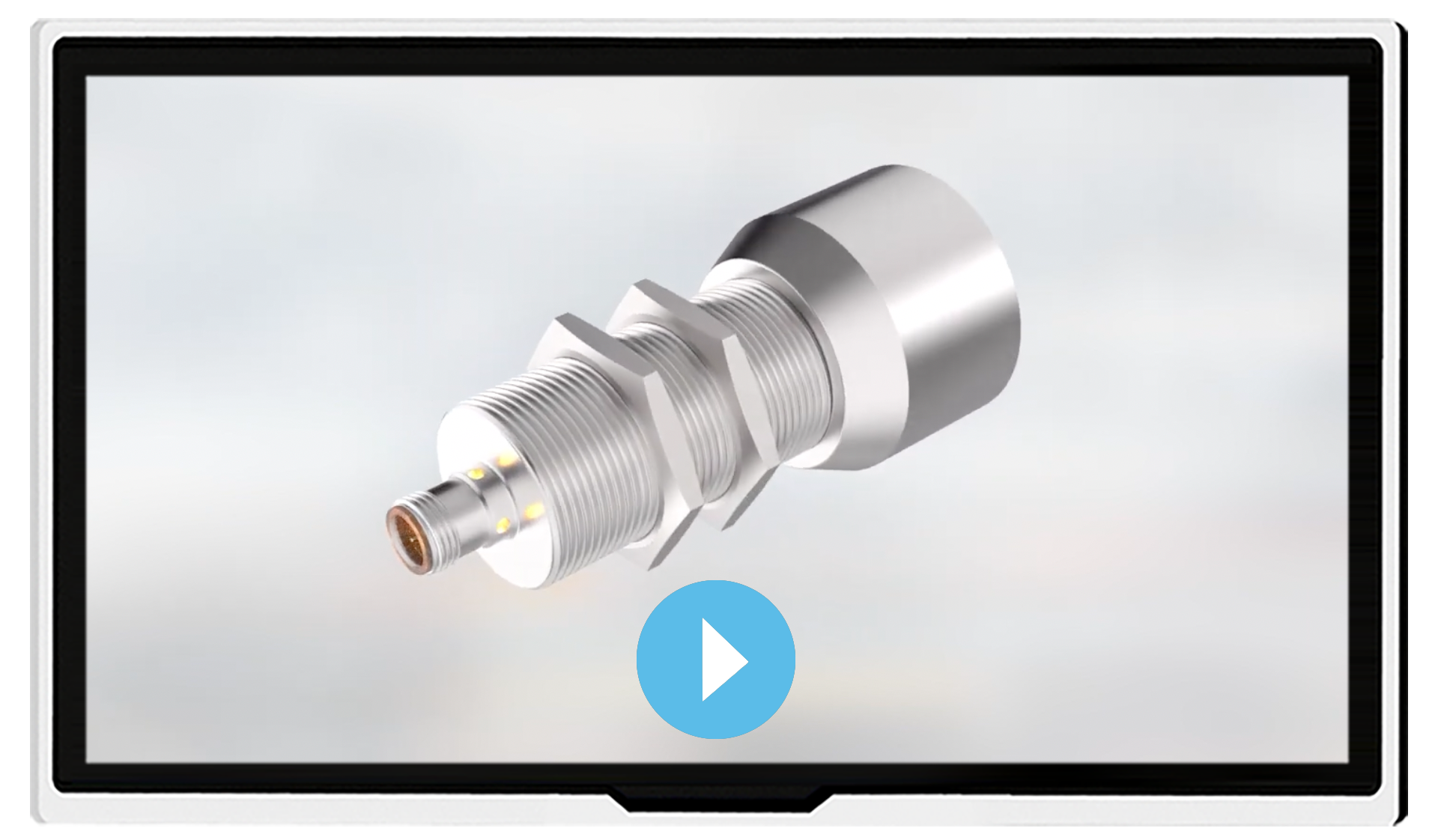
The perfect wave
Radar sensors for level and distance measurement in factory and logistics automation
Whether for dip coating basins or container ports – radar technology offers clear benefits over alternative
solutions using ultrasonic or optical sensor technology in many application fields. However, radar sensors
have rarely been used to date for distance or level measurements in production and logistics. With its LRS+
and DR-M30 radar sensors, Turck now offers efficient solutions for demanding applications in these areas as
well. The browser-based Turck Radar Monitor visualizes the signal curve for the precise adjustment of
measuring ranges and sets new standards here.
Whether for dip coating basins or container ports – radar technology offers clear benefits over alternative
solutions using ultrasonic or optical sensor technology in many application fields. However, radar sensors
have rarely been used to date for distance or level measurements in production and logistics. With its LRS+
and DR-M30 radar sensors, Turck now offers efficient solutions for demanding applications in these areas as
well. The browser-based Turck Radar Monitor visualizes the signal curve for the precise adjustment of
measuring ranges and sets new standards here.

